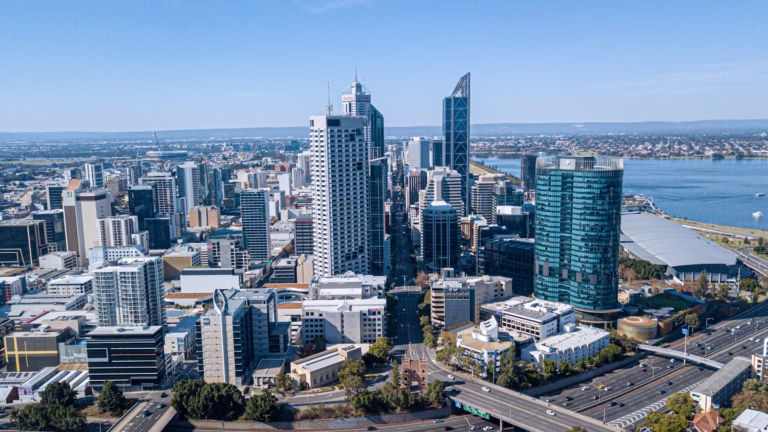Closed-Circuit Television (CCTV) systems are a critical component of modern security strategies, offering real-time monitoring, deterrence against crime, and evidence collection. However, to maximise their effectiveness, it is essential to follow CCTV best practices, particularly in Australia, where compliance with local standards and regulations is vital.
This guide provides an overview of the best practices for installing, operating, and maintaining CCTV systems in Australia, with a focus on adhering to Australian Standards and ensuring optimal security outcomes.
Why CCTV Best Practices Matter
CCTV systems can significantly enhance security, but their effectiveness depends on how they are implemented and managed. Following best practices ensures:
- Regulatory Compliance: Adherence to Australian laws, such as the Privacy Act 1988, avoids legal issues.
- Effective Surveillance: Proper design and operation maximise coverage and recording quality.
- Public Confidence: Transparent and ethical use of CCTV builds trust.
- Operational Efficiency: Well-maintained systems reduce downtime and extend the lifespan of equipment.
Australian Standards for CCTV Systems
In Australia, compliance with Australian Standards AS 4806.1–2006 (Closed Circuit Television Systems) is essential for ensuring that CCTV systems are designed and operated effectively. These standards provide guidelines for:
- System design and installation
- Operational and functional requirements
- Image quality and storage
- Privacy considerations
Additionally, businesses must adhere to the Privacy Act 1988 and state-specific surveillance laws, which govern how CCTV footage can be recorded, stored, and used.
CCTV Best Practices for Australian Businesses
Planning and Design
Proper planning and design are crucial for an effective CCTV system. Consider the following:
- Conduct a Risk Assessment: Identify the specific security risks and vulnerabilities at your site.
- Determine Coverage Areas: Focus on high-risk zones such as entry points, car parks, and storage areas.
- Select the Right Equipment: Ensure cameras are suitable for the environment (e.g., weatherproof cameras for outdoor use).
- Ensure Compliance: Design the system in line with AS 4806.1–2006 and local privacy laws.
Installation
The installation phase is critical to the performance and reliability of your CCTV system. Best practices include:
- Engage Certified Installers: Use licensed professionals familiar with Australian Standards.
- Position Cameras Strategically: Avoid blind spots and ensure optimal angles for clear footage.
- Consider Lighting Conditions: Install additional lighting if necessary to enhance image quality in low-light areas.
- Secure Equipment: Protect cameras and recording devices from tampering or vandalism.
Privacy Compliance
CCTV use in Australia is subject to privacy laws that govern how footage is recorded, stored, and accessed. To ensure compliance:
- Notify People of Surveillance: Display clear signage indicating that CCTV is in operation.
- Limit Recording to Relevant Areas: Avoid private spaces like bathrooms or neighbouring properties.
- Secure Footage Access: Restrict access to authorised personnel and use secure storage methods.
- Implement Retention Policies: Retain footage only for as long as necessary (generally 30 days) and delete it securely when no longer required.
Maintenance and Monitoring
Regular maintenance and monitoring ensure the system continues to function effectively. Best practices include:
- Schedule Routine Inspections: Check cameras, wiring, and recording devices for issues.
- Test Image Quality: Verify that footage is clear and usable, especially in critical areas.
- Update Software and Firmware: Protect the system from cybersecurity threats by keeping software up to date.
- Monitor Activity: Review footage regularly to identify potential issues or security breaches.
Data Security
CCTV systems often store sensitive footage, making data security a top priority. To protect footage:
- Use Encrypted Storage: Encrypt recordings to prevent unauthorised access.
- Secure Network Connections: Implement firewalls and use strong passwords for remote access.
- Audit Access Logs: Keep a record of who accesses footage and when.
- Comply with Australian Cybersecurity Guidelines: Follow best practices outlined by the Australian Cyber Security Centre (ACSC).
System Evaluation and Upgrades
As technology evolves, regular evaluations ensure your system remains effective. Consider:
- Periodic Performance Reviews: Assess the system’s effectiveness in meeting security goals.
- Upgrade Outdated Equipment: Replace cameras or recording devices that no longer meet performance standards.
- Expand Coverage as Needed: Add cameras to new high-risk areas as they arise.
- Integrate with Other Systems: Consider integrating CCTV with access control or alarm systems for a comprehensive security approach.
Common Pitfalls to Avoid
Poor Camera Placement
Placing cameras in suboptimal locations can result in blind spots or poor image quality. Always prioritise strategic positioning during installation.
Neglecting Maintenance
Failing to maintain equipment leads to reduced system performance and increased downtime. Regular inspections and updates are essential.
Ignoring Privacy Laws
Non-compliance with privacy regulations can result in legal penalties and damage to your reputation. Always adhere to Australian privacy standards.
Overlooking Data Security
Unprotected footage can be accessed by unauthorised individuals, compromising sensitive information. Implement robust data security measures.
How Smartsec Security Solutions Can Help
At Smartsec Security Solutions, we specialise in helping Australian businesses implement CCTV systems that meet best practices and comply with local standards. Our independent consulting services ensure that your system is tailored to your specific needs and challenges.
Why Choose Smartsec Security Solutions?
- Expert Knowledge: Our team is well-versed in Australian Standards for CCTV systems.
- Customised Solutions: We design systems that align with your operational goals and compliance requirements.
- Independent Advice: As consultants, we provide unbiased recommendations without promoting specific products.
- Ongoing Support: From initial assessments to long-term evaluations, we offer guidance at every stage.
Our Services Include:
- CCTV Risk Assessments: Identify vulnerabilities and determine optimal camera placement.
- System Design and Planning: Create tailored systems that meet AS 4806.1–2006 standards.
- Compliance Consulting: Ensure your CCTV system adheres to privacy laws and Australian Standards.
- Maintenance and Review: Provide ongoing support to maintain system performance and compliance.
Take the Next Step Toward Effective Surveillance
Implementing CCTV best practices is essential for achieving effective security while complying with Australian regulations. From system design and installation to maintenance and upgrades, following these guidelines ensures your CCTV system delivers maximum value. At Smartsec Security Solutions, we help businesses navigate these complexities with expert guidance and tailored solutions. Contact us today or visit our services page to learn more about how we can support your CCTV and security needs.



